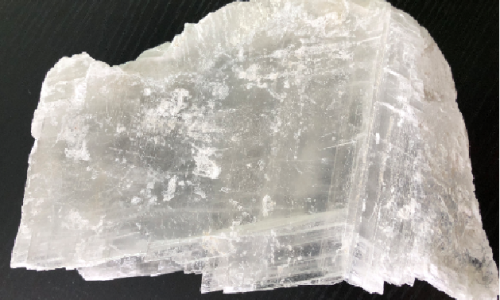Calcium sulfate (CaSO₄) fibers are used in the manufacturing of plastics primarily as a filler or reinforcement material. Their use can enhance various properties of plastic products, depending on the type of plastic and the specific application. Here’s how CaSO₄ fibers are typically used:
- Reinforcement:
- Improved Mechanical Strength: CaSO₄ fibers can reinforce plastics, increasing their tensile strength and impact resistance.
- Enhanced Rigidity: They help in making the plastic more rigid and less prone to deformation under stress.
- Filler Material:
- Cost Reduction: Calcium sulfate fibers are relatively inexpensive, so they can reduce the cost of plastic products while maintaining acceptable performance levels.
- Density Modification: They can help adjust the density of the plastic, which can be beneficial in specific applications where weight is a concern.
- Dimensional Stability:
- Reduced Shrinkage: The inclusion of CaSO₄ fibers can help in minimizing the shrinkage and warping of plastic products during the manufacturing process and in their end-use conditions.
- Thermal Properties:
- Improved Thermal Stability: CaSO₄ fibers can enhance the thermal stability of plastics, making them suitable for applications involving higher temperatures.
- Processing Aids:
- Flow Characteristics: The fibers can influence the flow characteristics of molten plastics during processing, potentially improving the ease of molding and extrusion.


